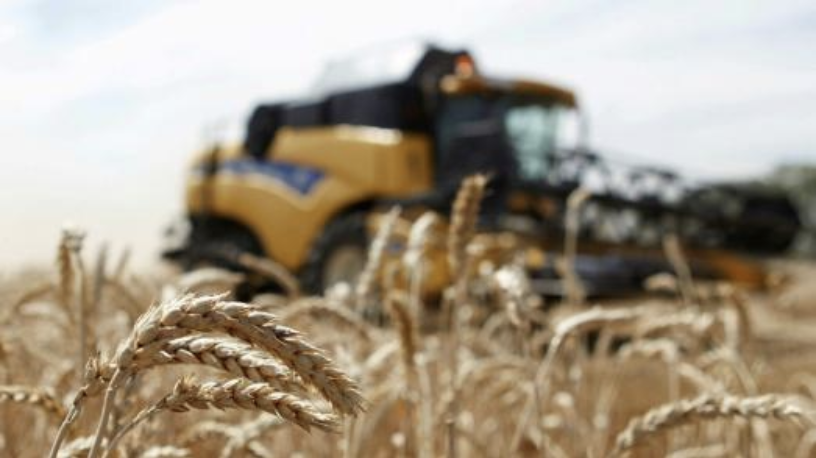CRISPR Wheat Global Rollout: China-Australia Partnership vs EU GMO Resistance

September 2025 emerged as a pivotal month for agricultural biotechnology, as China’s Qihe Biosciences and Australia’s Australian Grain Technologies (AGT) announced the first cross-border field trials of their CRISPR-edited wheat variety—marking a major step toward global commercialization. This collaboration targets powdery mildew, a fungal disease that destroys an estimated 21 percent of global wheat yields yearly, at a cost of over eleven billion United States dollars in lost production. The partnership’s progress, however, highlights a stark global divide: while China and Australia race to deploy precision-bred crops for food security, the European Union’s rigid GMO regulations continue to block CRISPR wheat access, leaving its farmers vulnerable to climate-driven crop threats.
The Qihe-AGT project centers on a wheat variety modified using Qihe’s proprietary SEEDIT™ CRISPR platform, which edits a single gene (MLO) to disable the mildew’s ability to infect plants—no foreign DNA is inserted, a key distinction from traditional GMOs. Field trials in China’s Henan Province (the country’s top wheat-growing region) showed the edited wheat maintained a 12 percent higher yield than conventional varieties during 2024’s severe mildew outbreak, while requiring 60 percent less fungicide. In Australia, where mildew costs farmers over one hundred eighty million Australian dollars annually, early 2025 trials in Western Australia’s wheat belt replicated these results, with the edited variety producing 1.3 metric tons more per hectare in contaminated fields. Qihe secured China’s first cereal gene-editing safety certificate for the wheat in 2024, and AGT expects Australian regulatory approval by late 2026, paving the way for commercial planting in 2027.

This momentum stands in sharp contrast to the EU’s regulatory gridlock. Despite the European Commission’s April 2025 proposal to reclassify “simple” CRISPR edits (like the MLO gene tweak) as “New Genomic Techniques (NGT) Category 1”—a designation that would exempt them from full GMO labeling and lengthy approval processes—implementation has stalled. Member states like France and Austria have already announced plans to “opt out” of cultivating NGT crops, citing public concerns about “unnatural” farming. Environmental groups, including Greenpeace, filed a lawsuit in August 2025 challenging the proposal, arguing it lacks transparency on long-term environmental impacts. As a result, EU farmers remain stuck with conventional wheat varieties: in 2024, powdery mildew alone caused 1.9 billion euros in losses across the bloc, with farmers spending an additional 820 million euros on fungicides to mitigate damage.
The divide also extends to climate resilience. The Qihe-AGT wheat, beyond mildew resistance, includes a second CRISPR edit to enhance drought tolerance by boosting root water absorption—a critical feature as heatwaves become more frequent. China’s 2025 summer drought, which parched 3.2 million hectares of wheat fields, saw the edited variety survive with just 25 percent of the irrigation needed by traditional crops. In the EU, where 2025’s spring drought reduced wheat yields by 9 percent, such technology remains out of reach.

As global wheat demand is projected to rise 1.7 percent annually through 2030—driven by population growth and biofuel demand—the regulatory split carries high stakes. The China-Australia partnership demonstrates how bilateral collaboration can accelerate agricultural innovation, while the EU’s caution risks widening its agricultural productivity gap. Dr. Emma Zhang, lead scientist at Qihe, notes: “CRISPR wheat isn’t just about fighting disease—it’s about future-proofing food supplies.” For farmers worldwide, the 2025 developments are a clear signal: the race to adopt precision-bred crops is no longer just about technology, but about choosing regulatory frameworks that balance innovation with safety in a changing climate.
(Writer:Cily)





